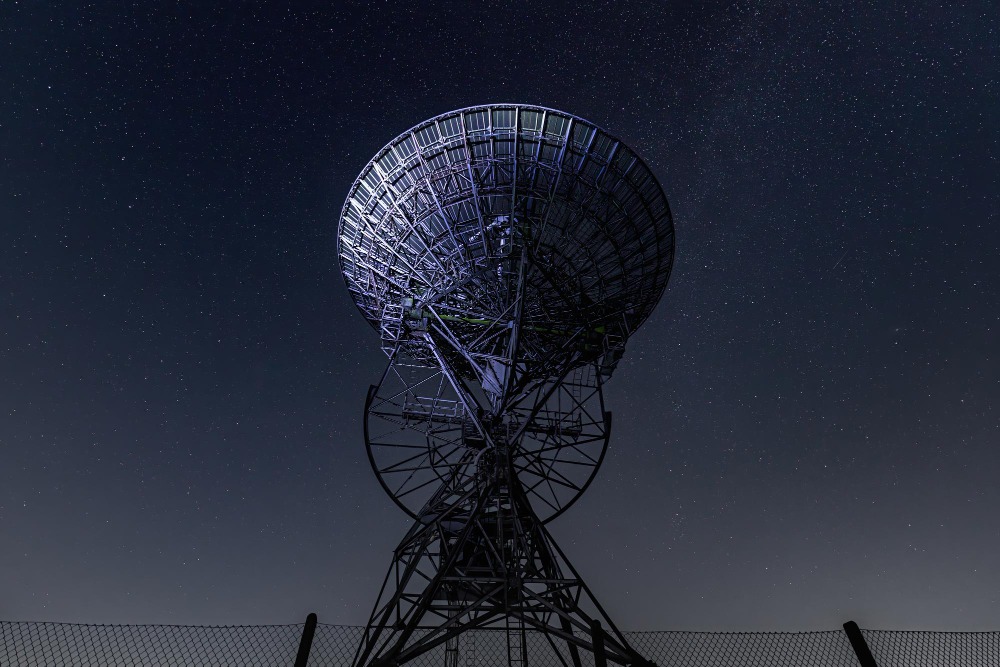Satellite communications are undergoing a rapid transformation. As demand for global connectivity, high-speed data transfer and secure links continues to grow, traditional hardware-defined systems are struggling to keep pace. Enter Software Defined Radio (SDR), a technology that is unlocking flexibility, adaptability and cost efficiency for the space sector.
What is Software Defined Radio (SDR)?
Unlike conventional radios, which rely on fixed hardware components to transmit and receive signals, SDR uses software to define its functionality. This means the same hardware platform can be reconfigured to handle different waveforms, frequencies and protocols, simply by updating the software.
In the context of space, where launches are expensive and payloads are expected to last for many years, this ability to reconfigure a system after deployment is a game-changer.
Why SDR is Driving the Future of Satcom
1. Reconfigurability in Orbit
One of the most powerful advantages of SDR is the ability to adapt once satellites are already in orbit. As spectrum allocations change, interference becomes an issue or new communication standards emerge, SDR payloads can be updated remotely. This extends the useful life of satellites and helps operators stay ahead of evolving requirements without costly hardware replacements.
2. Flexibility Across Missions
Modern satellite missions are increasingly multi-purpose. A single satellite might support Earth observation, defence communications and broadband connectivity throughout its lifespan. SDR enables this flexibility by allowing the same radio hardware to run multiple protocols and adapt to different mission profiles.
3. Cost-Effectiveness Through Longevity
Launching and operating a satellite is a major investment. SDR provides cost savings by:
- Extending satellite lifespans through software upgrades
- Reducing the need for bespoke hardware designs
- Supporting multiple missions on the same platform
In effect, SDR reduces the risk of technological obsolescence, a critical factor in missions designed to operate for 10–15 years or more.
Benefits for Long-Lived Missions
Space is a dynamic environment, not just physically but technologically. Spectrum demands shift, international regulations evolve and emerging technologies such as 5G non-terrestrial networks and direct-to-device satellite services create new challenges and opportunities.
For long-lived missions, SDR offers:
- Future-proofing against spectrum reallocation.
- Rapid response to unforeseen interference or cyber threats.
- Support for new protocols as standards evolve over time.
- Reduced operational risk by keeping payloads relevant without hardware changes.
The Bigger Picture
As the space sector expands, from mega-constellations to CubeSats, SDR is becoming the cornerstone of next-generation satellite communications. Its ability to deliver reconfigurable, flexible, and cost-effective systems ensures that operators can maximise return on investment while maintaining mission relevance in an ever-changing landscape.
At MAC Ltd, we’ve seen first-hand how SDR technology is transforming the way space missions are designed, tested and operated. By supporting our partners with innovative SDR solutions, we’re helping to build the foundation for a more connected, resilient and adaptable future in space communications.
If you are looking for SDR support on any projects you are planning, contact MAC Ltd’s team of SDR experts on +44 23 8076 7808 or email enquiries@macltd.com.
13 October 2025.

